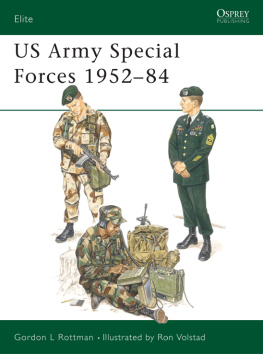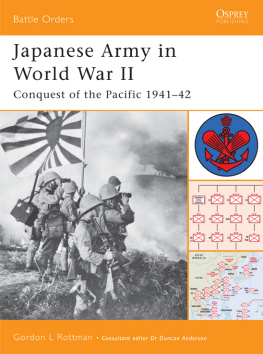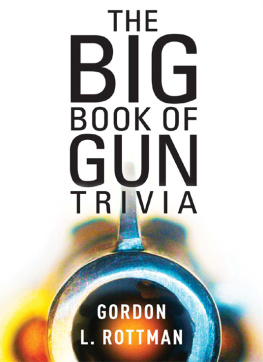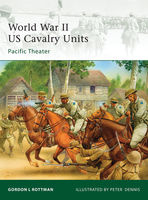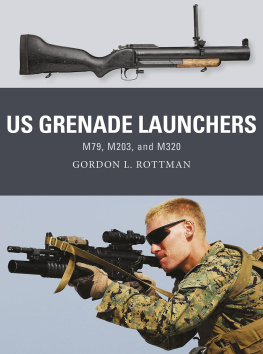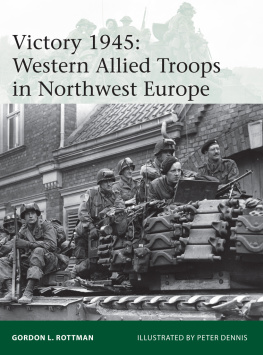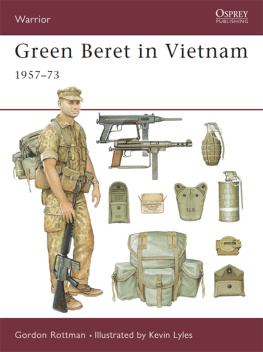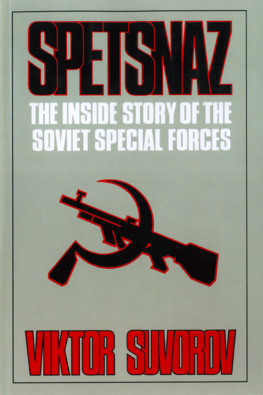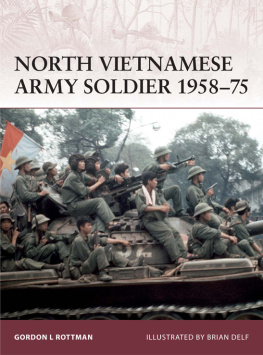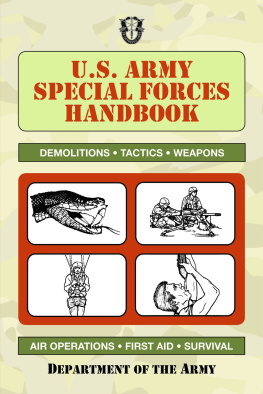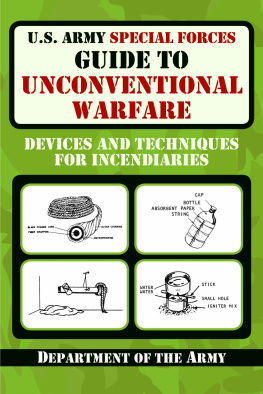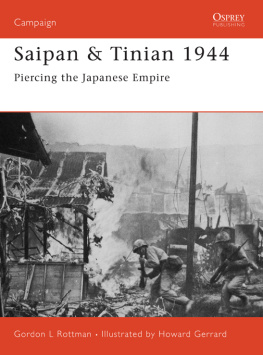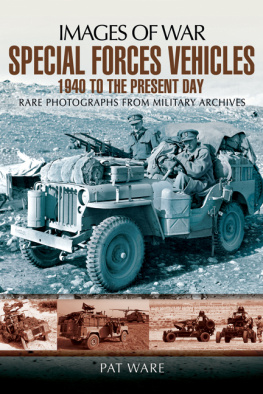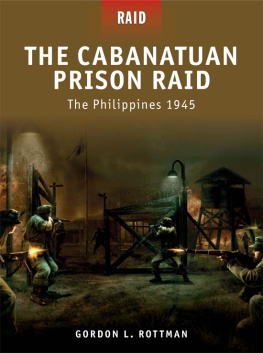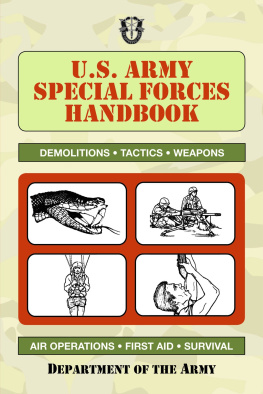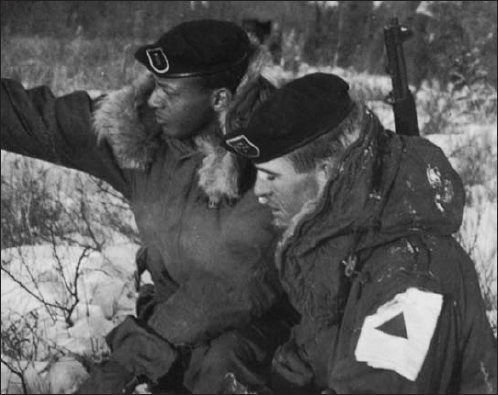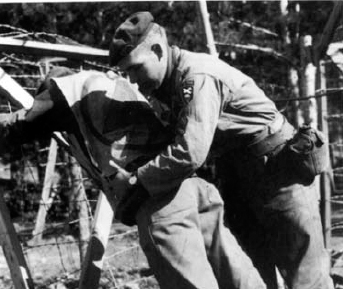Elite 4
US Army Special Forces 195284
Gordon L Rottman Illustrated by Ron Volstad
Consultant editor Martin Windrow
Contents
US Army Special Forces 195284
Introduction
From its very inception the United States Army Special Forces (SF) has been enmeshed in controversy, its mission misunderstood to varying degrees, and its very existence sometimes opposed by some of the Army hierarchy. Secrecy is an integral part of SF, and the typical SF trooper is one who generally keeps to himself by nature: for these reasons little has been written apart from personal experiences and fiction.
It is only recently that a brief history of SF has been published: Inside the Green Berets by Charles M. Simpson III (Col., US Army, Ret.). Only two books of any worth are available on SFs activities in Vietnam: Vietnam Order of Battle by Shelby L. Stanton (Capt., US Army, Ret.) and US Army Special Forces 19611971 by Col. Francis J. Kelly. Little else of this organisations considerable history has been recorded.
The Predecessors
Special Forces traces its family tree to several organisations which evolved during World War II. Here it splits into two branches. Its military branch includes the 1st Special Service Force and the Ranger Infantry Battalions, while its mission and methods of operation are inherited from the Office of Strategic Services.
In June 1942 the US Army activated the first of its Ranger Battalions in Northern Ireland. The Rangers were modelled on the British Commandos and tasked with the same type of mission: i.e. amphibious raids, and seizure of objectives behind enemy lines. The 1st Ranger Bn. took part in the invasion of North Africa, where the 3rd and 4th Bns. were formed. The three battalions then fought in Sicily and Italy, where they were destroyed and disbanded. In the meantime the 2nd and 5th Ranger Bns. were activated in the USA, and subsequently fought in North-West Europe. The 6th Ranger Bn. was activated in the Pacific, and operated throughout that theatre.
Members of the 77th SFGA undertaking survival training at Camp Hale, Colorado during Exercise Lodestar, October 1955. The still-illegal green beret and the World War II Airborne Command patch, as a cover, are being worn. (US Army)
The 1st Special Service Force (1SSF) was activated on 20 July 1942 at Ft William Henry Harrison, Montana as a special operations force made up of both US and Canadian Army volunteers. It was originally intended for use in a large sabotage/raid operation to be conducted in Norway, Rumania, and Italy, Operation Plough, which was subsequently cancelled. The brigade-size unit was highly trained in infantry tactics, sabotage and raid techniques, winter warfare, and amphibious, mountain, ski and parachuting operations. With the cancellation of Operation Plough it was decided to employ the Force in other mountainous, cold-climate areas. The 1SSF subsequently conducted amphibious operations in the Aleutian Islands in 1943, and later in Italy, where it also fought in extensive mountain operations. Additional amphibious assaults were conducted on the southern French coast in 1944. The Force was inactivated in December 1944.
The need for Ranger units was once again realised at the beginning of the Korean War in 1950. A total of 14 Ranger Infantry Companies (Airborne) were activated between 1950 and 1951 at Ft Benning, Georgia. The 1st to 5th and 8th Ranger Cos. were moved to Korea and attached to infantry divisions; the other companies were stationed in the USA and West Germany. Due to high casualty rates; to some examples of misuse; to the parallel existence of the 8240th and 8242nd Army Units (classified units with raid and reconnaissance missions); and to the decision to allocate the Ranger Company manning slots to the planned Special Forces, all Ranger Companies were inactivated in 1951.
A member of the 77th SFGA searches an aggressor, 1955. Both men wear the herringbone fatigues. (US Army)
When the 10th Special Forces Group (Airborne)(SFGA)was activated in 1952, it had no lineage of former units to carry on. It was a new organisation with no heritage or traditions. The same applied to the 77th SFGA, activated in 1953, and the 1st SFGA in 1957. An official lineage was retrospectively provided in 1960, with somewhat confusing results.
The lineages of the six World War II Ranger Infantry Battalions (including those of the 14 Korean War Ranger Infantry Companies) and the 1st Special Service Force were consolidated on 15 April 1960 as the 1st Special Forces, and assigned to the Regular Army. The 1st Special Forces became the parent organisation for all US Army SF units. The 1st Special Forces has no headquarters as it is not a unit as such, but rather a parent organisation for lineage and historical purposes. The consolidation of the 1st Special Service Force and the Ranger Battalions was accomplished on paper. The lineage of each battalion headquarters and line company of the 1SSF was combined with that of either a headquarters or a line company of the six Ranger battalions. Additionally some of the line companies of the 1st to 4th Ranger Bns. carried the lineages of the 14 Korean War Ranger Companies. Each of these pairings of unit lineages was assigned to the Headquarters and Headquarters Companies of the 1st to 24th SFGAs. At the time there were only three active SFGAs; on 14 December 1960 four of the SFGAs lineages were assigned to the Army National Guard and nine to the Army Reserve, while 11 were to remain assigned to the Regular Army. Only seven Regular and seven Reserve SFGAs have ever been formed, however, though all four National Guard SFGAs have been formed at one time or another.
This rather tortuous process now gave SF a lineage, a heritage. The lineage carried credits in two wars, several theatres of operation, numerous campaigns, and even amphibious and airborne assaults. In the long run it was to create some problems, however. At that time the Army had no plans to activate Ranger units in the future. History provided no other examples of US Army units which had foreshadowed SFs guerrilla warfare mission. The assignment of the 1st Special Service Forces and the Rangers lineage seemed appropriate at the time.
All SFGA designations are officially followed by 1st Special Forces to signify this lineage; e.g. 8th SFGA, 1st SF. Other SF units, such as separate companies and detachments, also carry the 1st SF designation, but they are new units not carrying the lineage of specific 1SSF and Ranger units as the SFGA headquarters do.
Current and Vietnam era US Army Ranger units carry the lineage of the 75th Infantry, which is loosely connected to the 5307th Composite Unit (Provisional), better known as Merrills Marauders. The question of whether or not to separate the SF and Ranger lineages once again is currently under study.
There is another lineage to which, in the opinion of some, the SF has a claim. The Office of Strategic Services (OSS) was formed in 1941 as the US counterpart of the British Special Operations Executive (SOE). Its activities varied greatly, and involved many special operations and guerrilla warfare missions.
Next page
